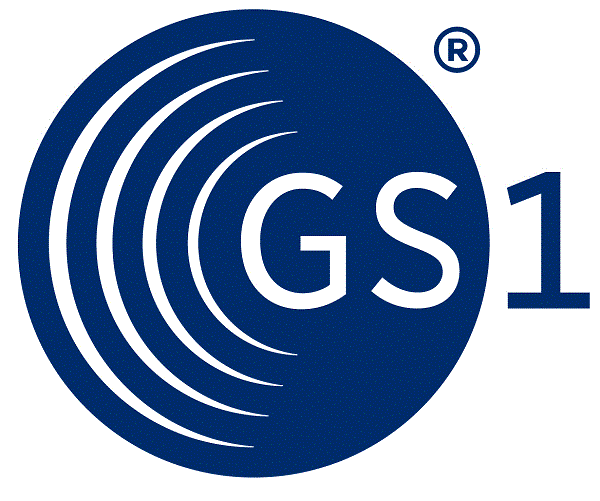|
 |
| 1. Introduction |
Status
: PAYMUL |
|
REFERENCE DIRECTORY |
: D.01B |
EANCOM® SUBSET VERSION |
: 003 |
Definition
A Multiple Payment order is sent by the Ordering Customer (or Payor or Agent on behalf of the Ordering Customer) to the Ordered Bank, to instruct the Ordered Bank to debit one or more accounts it services for the Ordering Customer, and to arrange for the payment of specified amounts to several Beneficiaries (or Payees) in settlement of the referenced business transaction(s).
Throughout this document, the term 'Ordering Customer' refers to either an Ordering Customer, or a Payor or Agent acting (sending) on behalf of the Ordering Customer; likewise the term 'Beneficiary' refers to either a Beneficiary, or a Payee or Agent acting on behalf of the Beneficiary.
Principles
· A Multiple Payment Order may cover the financial settlement of one or more commercial trade transactions such as invoices, credit notes, debit notes etc. It is not intended for use in securities trading.
· Charges may be borne on account(s) different of the account(s) held by the Ordering Customer.
· Several debit accounts, execution dates and currencies may be specified.
· The Ordered Bank may need a confirmation/authorisation to be allowed to process the Multiple Payment Order message.
· The only way to modify a Multiple Payment Order message is to cancel the whole message or part thereof (e.g. by the use of the FINCAN message). In that respect, one to many order(s) could be cancelled within the message, avoiding to be obliged to cancel the whole message.
Notes
This section should be read in conjunction with the branching diagram and the segment table which indicate mandatory, conditional and repeating requirements.
The following semantic principles which apply to the message are intended to facilitate a better understanding of the message:
The Multiple Payment Order message is structured in three levels, A, B, and C.
· Level A contains data related to routing criteria for the whole message and is contained in the heading section, segment group 1 through 3, the CNT segment, group 24, and the UNT segment.
· Level B contains data from the debit side (one debit account, one currency, one execution date) and data which applies to all further details of C level(s) and is contained in segment group 4 through 10.
· Level C contains data related to the credit side, and this data is considered as unique for each payment transaction and is contained in segment group 11 through 23.
The structure of the message is designed to allow several B levels, each B level being followed by its related C levels.
Using the message for simple, extended, or multiple transactions
The multiple payment order message may be used by an ordering customer to transmit single, extended, or multiple payment orders to it's bank.
A payment order is an instruction from an ordering customer to its bank ordering that funds be debited from its account and credited to the account of the identified beneficiary.
A simple payment order always relates to one payment from one ordering customer to one beneficiary. To use the PAYMUL message as a simple payment order the following data must be provided;
Data |
Where |
Ordering Customer Data / |
FII - Group 6 / NAD - Group 7 |
Credit / Debit Values |
MOA - Group 5 (DEBIT value) |
Payment Order Number |
RFF - Group 4 (DEBIT side)' |
Payment Data |
Group 16 (PRC segment) Remittance data provided in the EANCOM® REMADV message. |
An extended payment order always relates to many payments from one ordering customer to one beneficiary. To use the PAYMUL message as an
extended payment order the following data must be provided;
Data |
Where |
Ordering Customer Data / |
FII - Group 6 / NAD - Group 7 |
Credit / Debit Values |
MOA - Group 5 (DEBIT value) |
Payment Order Number |
RFF - Group 4 (DEBIT side) |
Payment Data |
Group 16 (PRC segment) |
A multiple payment order always relates to many payments from one ordering customer to many beneficiaries. The complete structure of the PAYMUL message may be transmitted in order to provide multiple payment orders.
Remittance data
Included in the multiple payment order message is the functionality to provide detailed remittance data. This data is simply transmitted by the ordering customer's bank to the beneficiary’s bank (is not changed by either bank) for ultimate transmission to the beneficiary in the credit advice.
In addition to this facility EANCOM® also includes the trade Remittance Advice message (REMADV). The method to be used to communicate remittance advice data depends on user requirements.
If the user wishes to transmit the remittance information using the EANCOM® REMADV message a link is established between the payment order and the REMADV using the DOC segment in segment group 17.
|